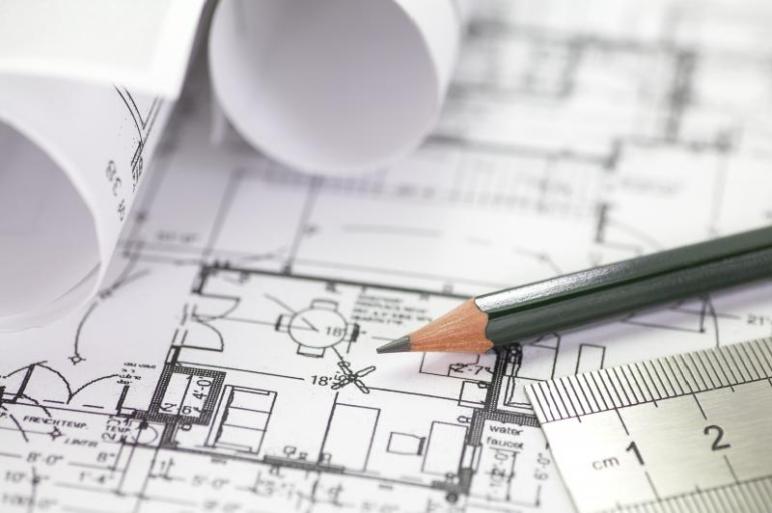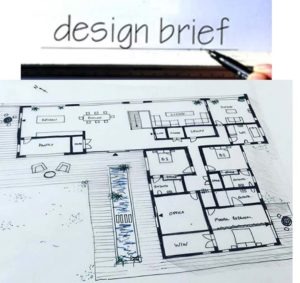Manor Houses: Low Rise Medium Density Properties
The manor house is just one of the low rise medium density properties that are receiving much attention in NSW at the moment due to the new legislation to come into force on 6 July 2018. The new law proposes that manor houses and terrace houses, along with dual-occupancies, will be approved under a fast-track complying development process, provided the property meets the minimum government standards and is built in medium density approved zones (R1, R2, R3 and RU5). Complying development cannot be carried out in state or locally listed heritage conservation areas, land reserved for public purposes or environmentally sensitive areas.
What is a manor house?
A manor house is a single building comprising of three or four dwellings on one lot and is a new addition to the Standard Instrument (Local Environmental Plans) Amendment (Low Rise Medium Density Housing) Order 2017. A manor house can be up to two storeys in height (not including the basement), and each dwelling must be attached by a common wall or floor. Depending on the layout and design of the property, one dwelling will be partially or wholly located above another dwelling. As stated in the new legislation, manor houses are allowed wherever multi-dwelling housing is permitted in the Land Use Table.
Why were the changes in legislation necessary?
To accommodate New South Wales’ growing and ageing population, the change was designed to speed up the approval and build process, and help facilitate the additional 735,000 homes which are needed within the next 20 years to house the population growth. Low rise medium density properties, such as manor houses, fills the gap between traditional homes and apartment buildings providing more affordable housing options and greater housing supply.
What are the minimum standards for manor houses?
Minimum standards apply for approval processes for all low rise medium density dwellings. In the case of manor houses:
· Minimum lot size for a manor house is 600m2.
· Minimum lot width is 15 metres.
· Maximum gross floor area for all buildings is 25% of the lot area, plus 150m2 to a maximum of 400m2.
· Minimum landscaped area is 50% of the lot area minus 100m2, 50% of the area forward of the building to be landscaped, and 1.5 metres in length and width.
· There must be one off-street parking space for each dwelling
· If no residential accommodation is within 40 metres of the development, primary road setback is:
o 4.5 metres for 400m2 – 900m2,
o 6.5 metres for 900m2 – 1,500m2, and
o 10 metres for properties over 1,500m2.
· Where existing residential accommodation is on the same side of the road, and within 40m of the development, primary road setback is calculated as the average of the two nearest residential accommodation buildings.
· They must have a side setback of 1.5 metres.
· Rear setback depends on the size of the property and building height. For properties up to 4. 5 metres in height, the rear setback varies from 6 metres for properties 400m2–1,500m2, up to 10 metres for those properties greater than 1,500m2. Dwellings measuring 4.5 metres in height up to 8.5 metres, require a 10-metre setback if the lot area is between 400m2–1,500m2 and a 15-metre setback if the building height is between 4.5 metres and 8.5 metres.
For more information on the new legislation which will come into play in early July or the standards which are applicable for manor houses, visit the State Environmental Planning Policy (Exempt and Complying Development Codes) Amendment (Low Rise Medium Density Housing) 2017. The NSW Government has also released a list of Frequently Asked Questions and a Low Rise Medium Density Design Guide to help improve the design of manor houses, terrace houses and dual-occupancy dwellings.



